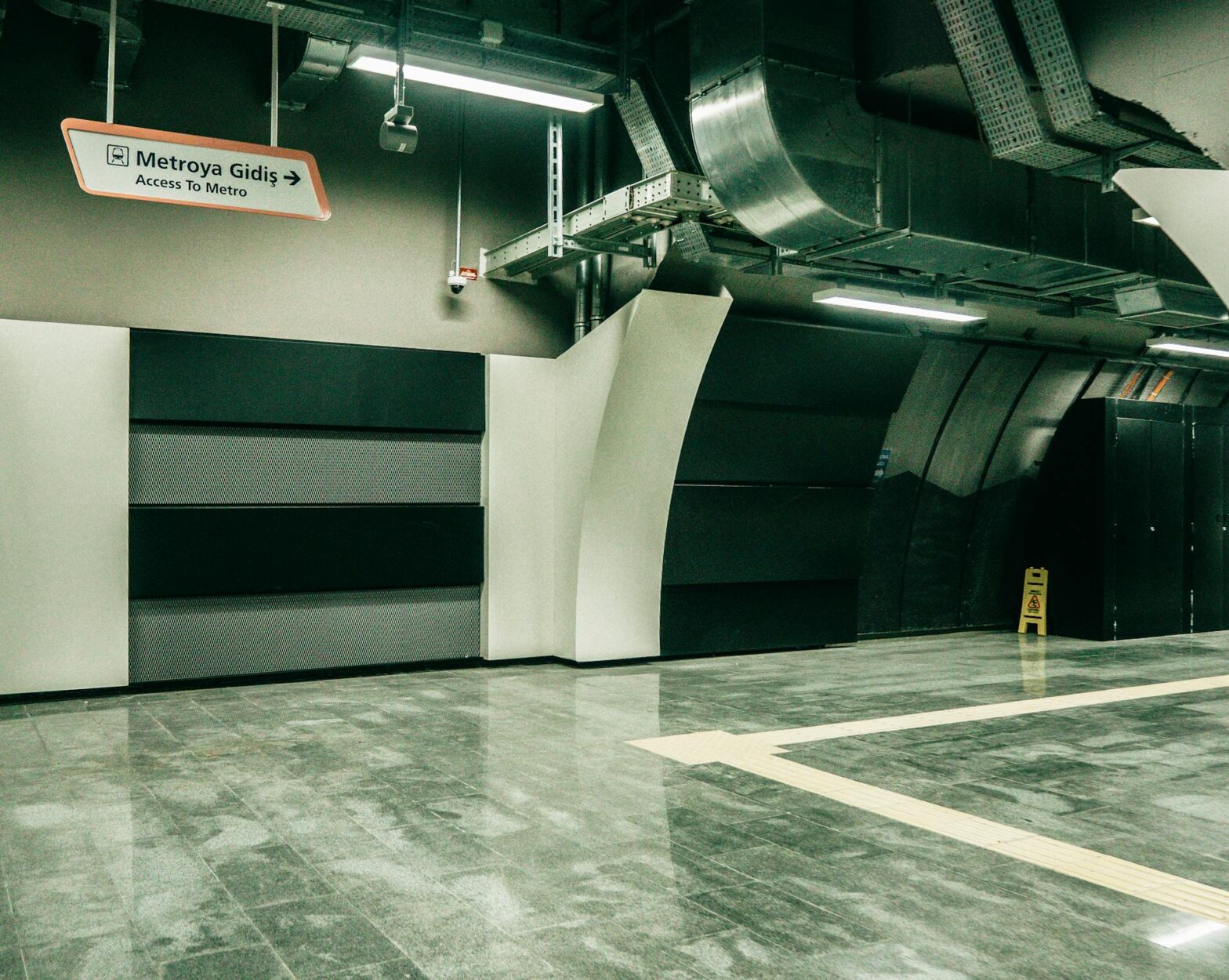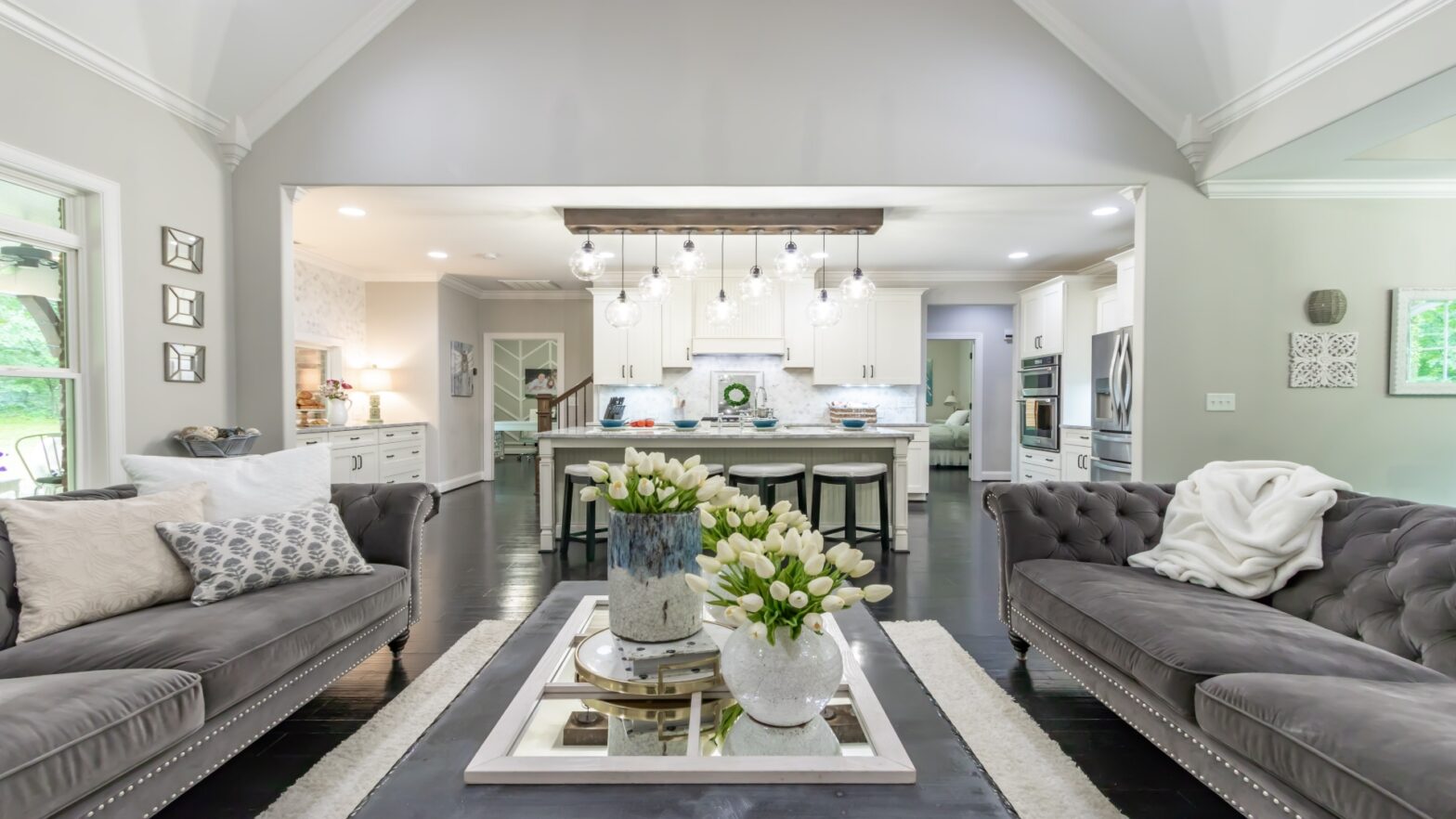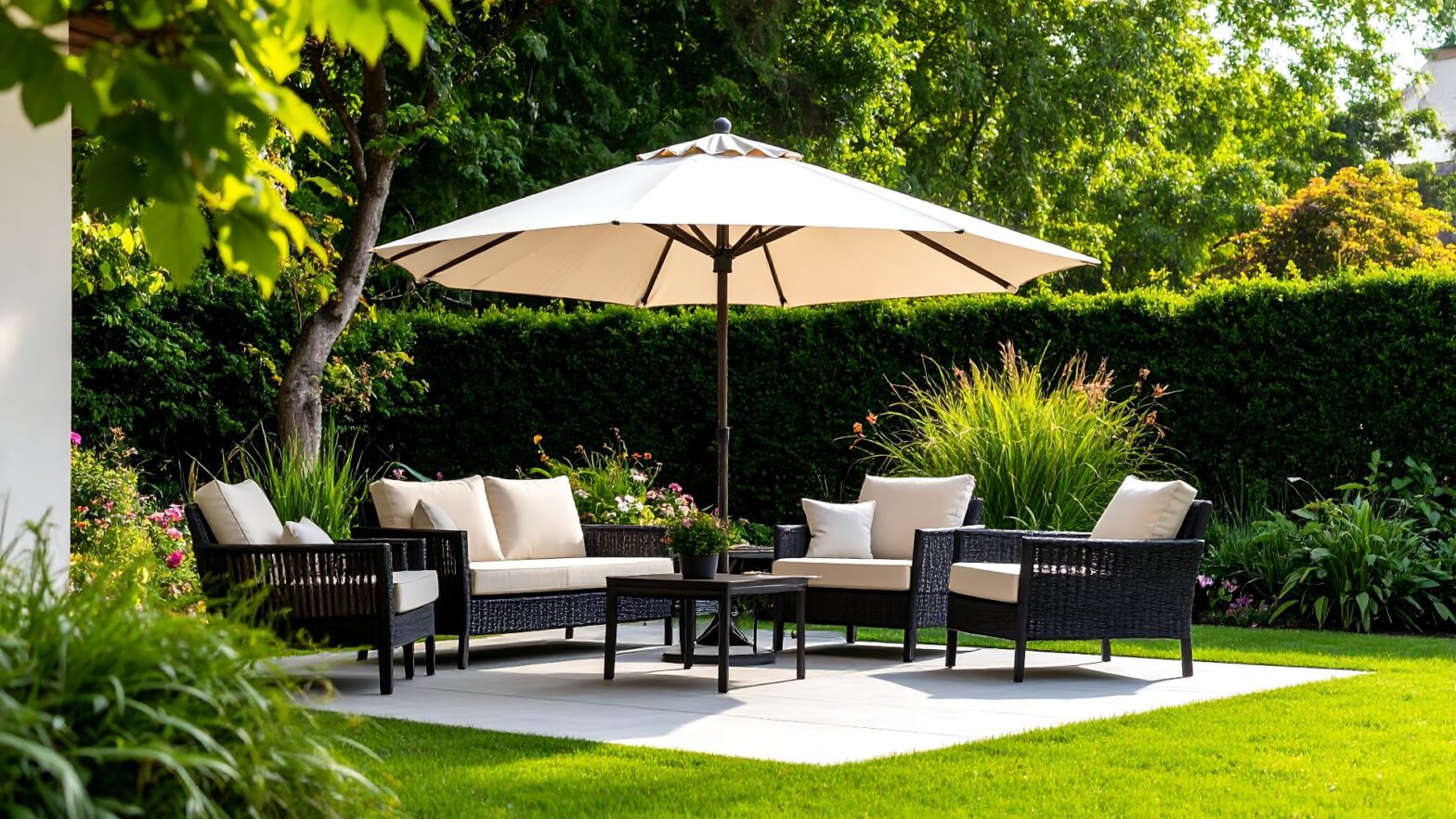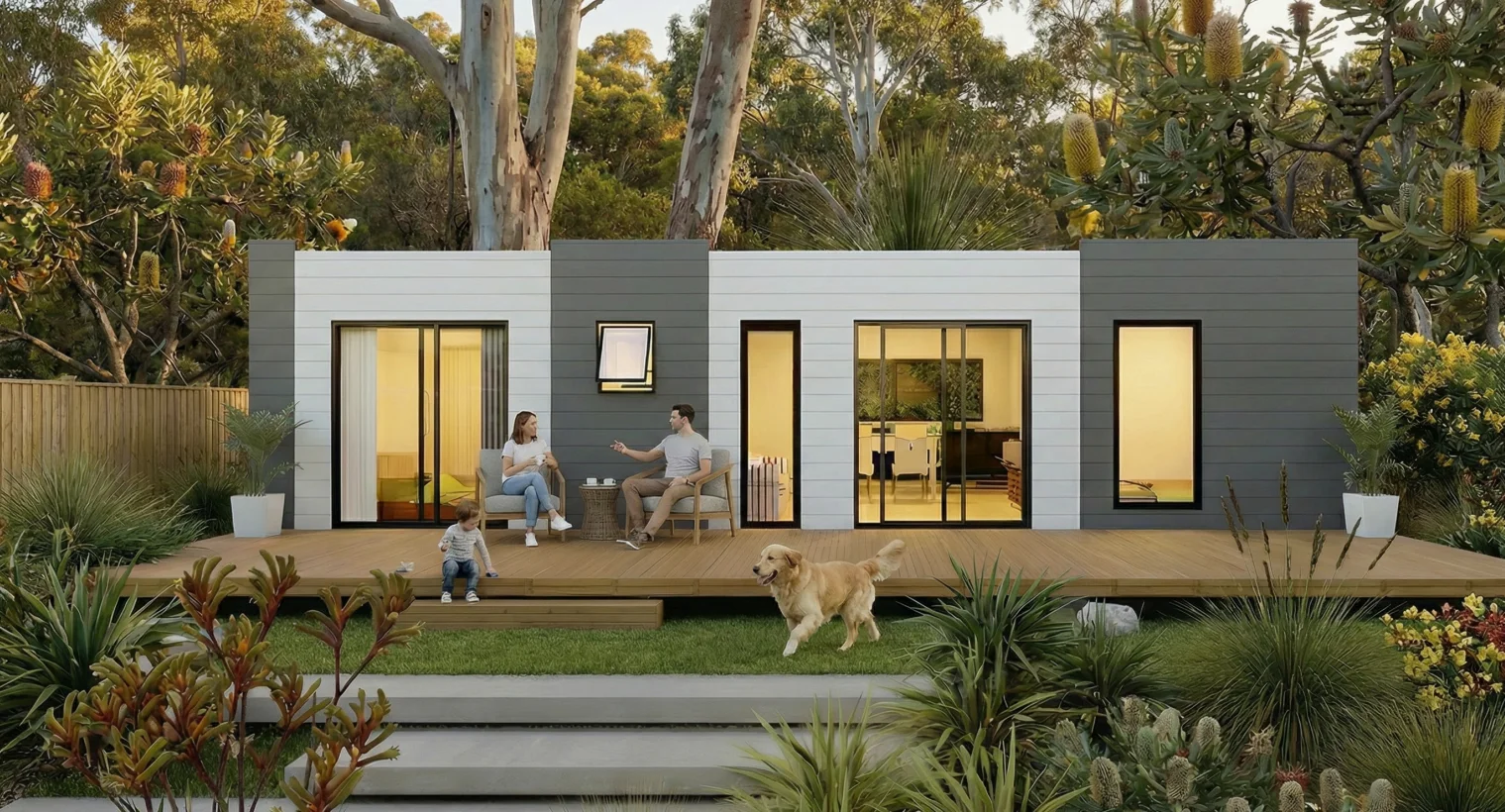Managing a commercial property is a tough balancing act. From designing the structure to fitting it with all the necessary amenities, there’s a whole lot of ground to cover if you want your commercial property to succeed in the real estate market.
One major concern that all property owners should consider is the safety of the premises and the health of the people who frequent the space. In truth, there are many things that can elevate a property’s safety standards, like the presence of fire alarms and security systems.
That said, one often overlooked but very important safety feature building owners should include in their building is proper ventilation. Having a working ventilation system helps benefit your property in numerous ways. Installing these systems is also a legal requirement in many countries, including Australia.
Besides the critical legal component of ventilation systems, there are several other reasons why having a ventilation system—particularly a natural ventilation system—is a game-changer for your property.
Keen to learn why? We got you! Read on to learn six reasons why you should opt for natural ventilation systems in your commercial property in more detail.
It Removes Stale Air
The number one reason why building owners should get natural ventilation is a simple one: it removes stagnant air from your premises.
Whether your property houses businesses working in the manufacturing industry or in a corporate one, there’s bound to be a buildup of air that clumps and stagnates in select areas of the building.
Over time, inhaling unventilated air can cause some serious respiratory issues to people who move around your building, as the air can harbour contaminants like pathogens, moulds, pollutants, and other airborne risks.
In most cases, though, this air can just cause a foul and unpleasant odour. This can be uncomfortable for your tenants, which can lower your building’s reputation and lead to potential bad relations and early exits from your tenants.
To combat this, strategically placing some natural ventilation systems in key areas around your building can be a big help. These ventilation spaces passively work to push bad air out and bring fresh air in.
This helps ensure that your space is fresh and pleasant for your tenants and visitors who may visit your building. It also protects their health, as the system essentially eliminates contaminants from building up and wreaking havoc on the health of anyone working within the premises.
It’s Environmentally Friendly
Another perk of opting for a natural ventilation system instead of a mechanical one is its reduced environmental impact.
By opting for a mechanical ventilation system, you’ll be heavily reliant on a constant stream of power to ventilate air around the building. This consumes electricity, which can add to your electric bill and contribute to climate change and air pollution.
On the contrary, natural ventilation uses no energy, meaning that it can operate even without being connected to a power line. This is because this system harnesses airflow naturally through its own engineered design elements.
It doesn’t need to be said that reducing your impact on climate change goes a long way, especially if you have the power to decide the electrical consumption of an entire building.
Choosing natural ventilation systems, alongside opting for other eco-friendly practices like using solar energy, can contribute to the postponement of climate change’s impact on our daily lives.
You’re Spoilt for Choice
Another benefit of natural ventilation is the range of options you have at your disposal. You don’t need to have a roof-mounted or window-mounted ventilation system built for your lower-floor rooms, for instance. You can use louvre-style vents connecting to another room instead.
Depending on your building or room’s layout, you can select from a variety of other effective natural ventilation systems, each best fitting a particular architectural quality and operational requirements.
The natural ventilation types you can consider include:
- Louvre Doors: Louvres, or angled slats, control a room’s airflow while maintaining privacy and security. This makes them ideal for spaces like utility rooms or service areas.
- Rotary Vents (Whirlybirds): Installed on roofs, these vents use wind to expel warm air that gathers to the ceiling. This makes this vent type perfect for industrial or large commercial spaces.
- Ridge Vents: Also found on rooftops, ridge vents promote continuous airflow. They’re often found in large building structures like factories and warehouses.
- Acoustic Louvres: These offer the benefit of ventilation while minimising external noise, ideal for offices or quiet working environments.
There are other types of natural ventilation types you can consider installing in your building.
Ventilation solution providers like Airocle are more than happy to accommodate your specific requirements and make natural ventilation that works best for your building type. Specifically, they can narrow down the colour, size, shape, and material for your natural vent.
If you have an idea in mind, be sure to consult your ventilation provider. They’ll be more than likely be able to execute it!
It Boosts Your Property’s Market Value
Besides serving as a practical amenity for your commercial building, having a functional and natural ventilation system is also a great way to boost your property’s value in the long term.
Having a high-quality natural ventilation system installed within your space shows that you’re committed to the health and safety of the people working in the building. This, in turn, can be positively received by stakeholders and the community as a whole.
Unlike mechanical ventilation systems, there’s also a guarantee that these natural ventilation systems will work in promoting healthy airflow since they’re passive architectural additions and not powered by electricity. These natural ventilation systems will only need constant clean-ups every now and then.
Furthermore, having a natural vent system also shows that you care about promoting eco-friendly practices. This can attract a specific target of environmentally-conscious buyers and tenants, granting you more opportunities to get a good deal for your property if you do decide to sell or rent it out.
It’s a Low Profile Amenity
Natural ventilation systems are typically low-profile additions wherever they get installed. A majority of them blend seamlessly or are relatively discreet in their environment, such as louvre doors.
They may also easily be concealed from public view, as is the case for roof-based ventilation systems like ridge vents, smoke vents, and rotary roof vents. This common trait makes them excellent additions in spaces that want to maintain a minimalist and unobstructed design in their building.
Besides looking discreet, these natural vents are also silent during operations. This helps tenants and people inside the building to maintain focus and stay productive in whatever they’re meant to do.
This silent operation is not a guarantee for mechanical vent systems since they require fans to operate. Their electric source also means that they generate a constant hum in their immediate vicinity, which can be distracting to people who are situated close to this type of ventilation system.
Furthermore, the piping found in mechanical ventilation systems may also be visible in ceilings without drywall or ceiling panels. This can be distracting and may negatively impact the productivity of the people working inside the building.
In contrast, natural ventilation systems are localised in one area and don’t require extensive piping to function. This makes them easier to conceal, all while still effectively removing the dead air and regulating the building’s internal temperature.
Cheaper Than Mechanical Vents
If you want an affordable ventilation option for your building, then natural ventilation is sure to please you with its relatively low costs.
There are two main reasons why natural ventilation systems are cheaper than mechanical ventilation: one, it doesn’t require a complicated build of multiple piping and fans; and two, it doesn’t rack a continuous cycle of electric bill payments.
Traditional mechanical ventilation systems may be more precise and helpful in temperature control, but they come at a much greater cost. This can be hard to stomach for new building owners who have to balance their funding across multiple areas and amenities when constructing their buildings.
As a substitute, natural vents offer a cheaper and oftentimes better alternative to their mechanical counterparts.
Besides the aforementioned benefits, it’s also fairly durable and aerodynamic—meaning that it doesn’t need to undergo as much maintenance and repairs as mechanical vents.
We hope this article has helped inform you about the benefits of natural ventilation!





























